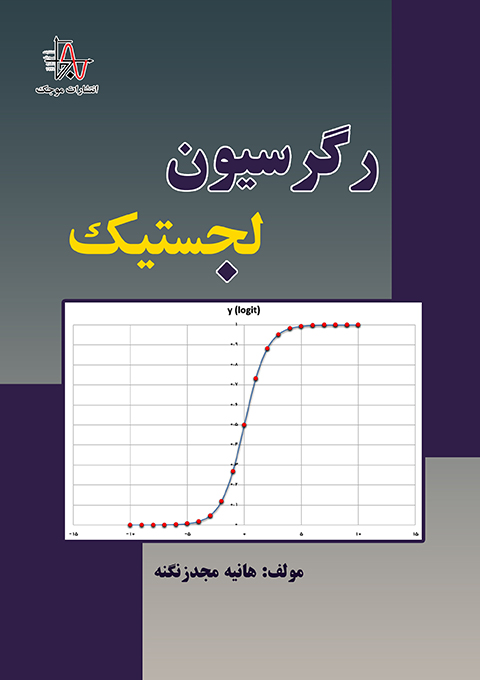ناشر : انتشارات موجک (ناشر دانشگاهی)
کد کتاب : M844
عنوان : مدیریت سود در بورس اوراق بهادار
تالیف : مسیب صادقی آرانی
مشخصات ظاهری : ۱۲۶ صفحه، قطع وزیری
چاپ اول : تابستان ۱۴۰۱، تيراژ : ۵۰۰ جلد
قيمت : ۲۰۷۰۰۰۰ ريال، شابک : ۷-۵۰۴-۹۹۴-۶۰۰-۹۷۸
حقوق چاپ و نشر برای ناشر محفوظ است.
————————————————————————————————————————————————————————————————————————–






نقد و بررسیها
هیچ دیدگاهی برای این محصول نوشته نشده است.